An Interview with Dr. Mary E. Van Bourgondien, Ph.D., Clinical Director of the Chapel Hill TEACCH Center at the University of North Carolina
We turn our focus to the majority of people with ASD for whom traditional, romantic relationships may seem out of reach. Without traditional romance, how can the needs that are typically met in intimate relationships be fulfilled? What alternatives are available to people on the spectrum so that they, too, can find fulfillment? We spoke to Dr. Mary E. Van Bourgondien, the Clinical Director of the Chapel Hill TEACCH Center at the University of North Carolina, one of NEXT’s partners in the dissemination of the Project SEARCH Collaborates for Autism’s augmented curriculum for autism-specific employment training.
NEXT: Dr. Van Bourgondien, what needs are fulfilled by romantic relationships? And how can people on the autism spectrum meet those needs outside of traditional, romantic relationships?
Dr. Van Bourgondien: All of us, whether or not we’re on the spectrum, have fundamental needs that are met in our romances and partnerships. Three key ones are: physical intimacy, tension release and social connection. When these needs are met, we are happy and fulfilled. People on the spectrum can also find happiness and fulfillment if we help them meet these needs in alternative ways, with strategies that address their particular challenges and concrete learning styles.
NEXT: Please explain what you mean by physical intimacy in terms of people on the autism spectrum. How can they find physical intimacy?
Dr. Van Bourgondien: Physical intimacy is about much more than sex. It’s a basic human urge for touch that can include hand holding, hugging, kissing as well as sexual relations. All of this is challenging, if not impossible, for some people on the autism spectrum, but we’ve found alternatives that can be satisfying. For example, therapeutic massage as a form of physical touch works well for some people with ASD. They enjoy the deep pressure of massage, which is unlike the light touching that is intolerable to some people with ASD. When trying massage for the first time, we recommend that therapists start with a social story or with pictures showing what is going to happen with which parts of the body. It helps to have a clear beginning and end. As long as it’s presented as a predictable activity, massage can be a soothing form of physical touch.
We encourage families to educate their children about sex as well as appropriate and safe behaviors. How sex education is addressed depends on the family’s values. With ASD learners, it’s important to be concrete and use explicit vocabulary, not the euphemistic language that we tend to use when talking about sex. Try to explain when and where certain behaviors are okay or not okay. For example, when might a handshake be preferred to a hug, or a tap on the shoulder be better than a hand on the thigh when seeking someone’s attention. Also, try to teach the concept of privacy, using visual aids such as picture books, symbols, and schedules to reinforce lessons. With clear parameters, people on the spectrum can meet their basic need for intimate touch in healthy, appropriate ways.
NEXT: What activities would you suggest for tension release when intimate relations are not possible?
Dr. Van Bourgondien: Regular exercise and relaxation activities are healthy substitutes. Aerobic exercise, in particular, is highly effective and has been proven to reduce aggression, self-harming and self-stimulating behaviors among people on the spectrum. Activities such as running, swimming, dancing, biking, walking, or hiking can be built into a regular schedule and encouraged as a lifelong practice. Yoga, too, has been used and appears to be an effective relaxation technique for people on the spectrum as young as three years old. The key is to tailor the activity to the individual’s interests and age, and to develop structured methods for implementation. For example, we might preview an activity such as running by describing clear beginning, middle and end points, and by using a counting system for laps. Motivators are helpful, too, as long as we don’t always use food.
NEXT: And finally, an important key to happiness is to enjoy close, interpersonal connections. Without traditional romantic options, what are alternative social strategies for people on the autism spectrum?
Dr. Van Bourgondien: People on the spectrum may develop connections with colleagues or acquaintances whom they meet when they’re encouraged to participate in volunteer activities, sports, or special clubs organized around movie watching, computer games, hiking or eating dinner together weekly. Attending such activities helps them to foster predictable connections, so that a swim or dinner buddy whom they see on a regular basis can become an enriching presence in their lives. It’s important also to recognize that young people with ASD, just like their typically developing peers, need to form connections outside of the family and get out in society. For them, as for us, one relationship does not necessarily satisfy all of their physical, emotional and social needs. They, too, become bored and require variety in their relationships and activities.
NEXT: Thank you. For so many on the spectrum, it will be encouraging to know that fulfillment and happiness through activities and relationships are real possibilities.
Dr. Van Bourgondien: Yes, with creativity and attention to the individual’s interests, and as long as each effort is undertaken in predictable, scheduled ways. Breaking routine, trying new activities or meeting new people can be challenging for people on the spectrum, so we recommend that families consider making a rule that new activities should be tried at least three times before saying no, or introducing new activities in stages and increasing exposure over time. With a thoughtful, concrete approach, people on the spectrum can certainly live lives with enriched and fulfilling relationships.
Dr. Mary E. Van Bourgondien, Ph. D. is a Clinical Psychologist and Professor in the Department of Psychiatry, School of Medicine at the University of North Carolina at Chapel Hill. She is the Clinical Director of the Chapel Hill TEACCH Center, which is part of the statewide wide TEACCH Autism program that serves children and adults with autism and their families. She is also the Founder and former Director of the Carolina Living and Learning Center, TEACCH’s integrated residential and vocational training program for adults with autism in Pittsboro, NC. Dr. Van Bourgondien received her PH.D. in Child Clinical Psychology from the University of Washington. And she has done numerous presentations and publications on issues related to adolescence and adults with autism nationally and internationally. She is the co-author of the most recent edition of the Childhood Autism Ratings Scale- Second Edition (CARS2).

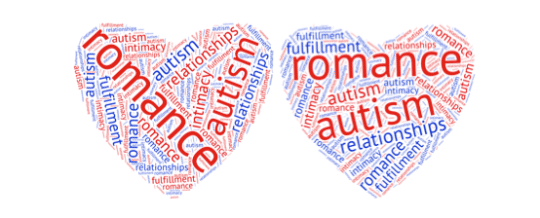
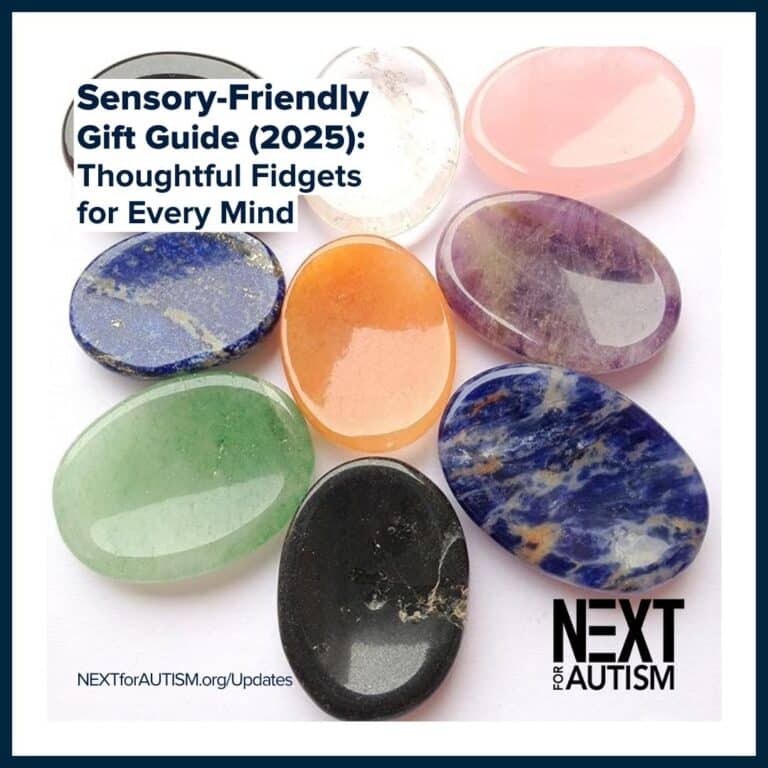
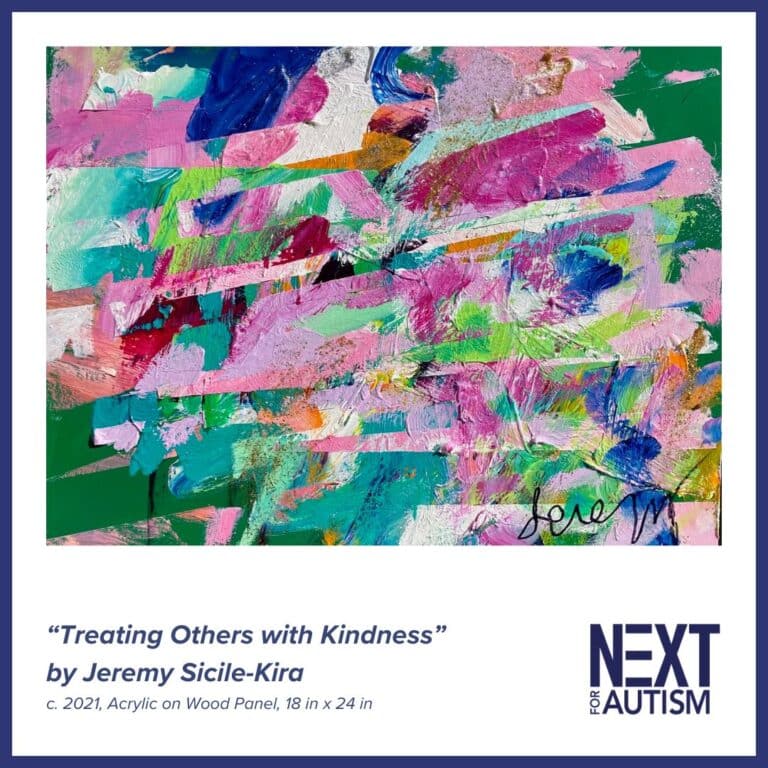
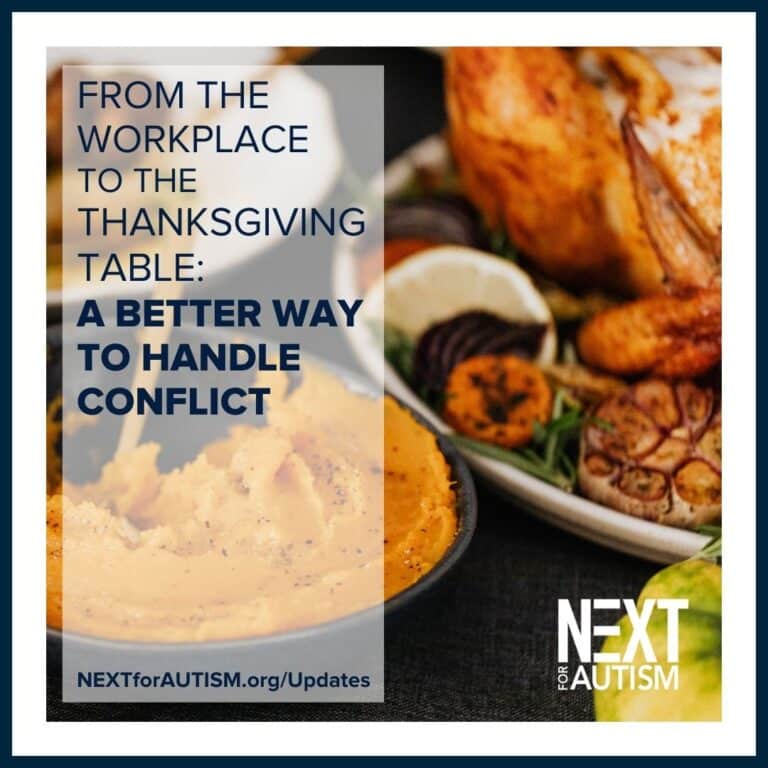


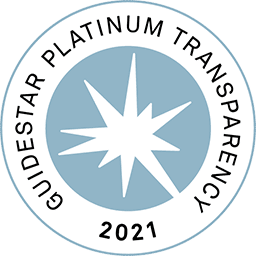
Leave a Reply